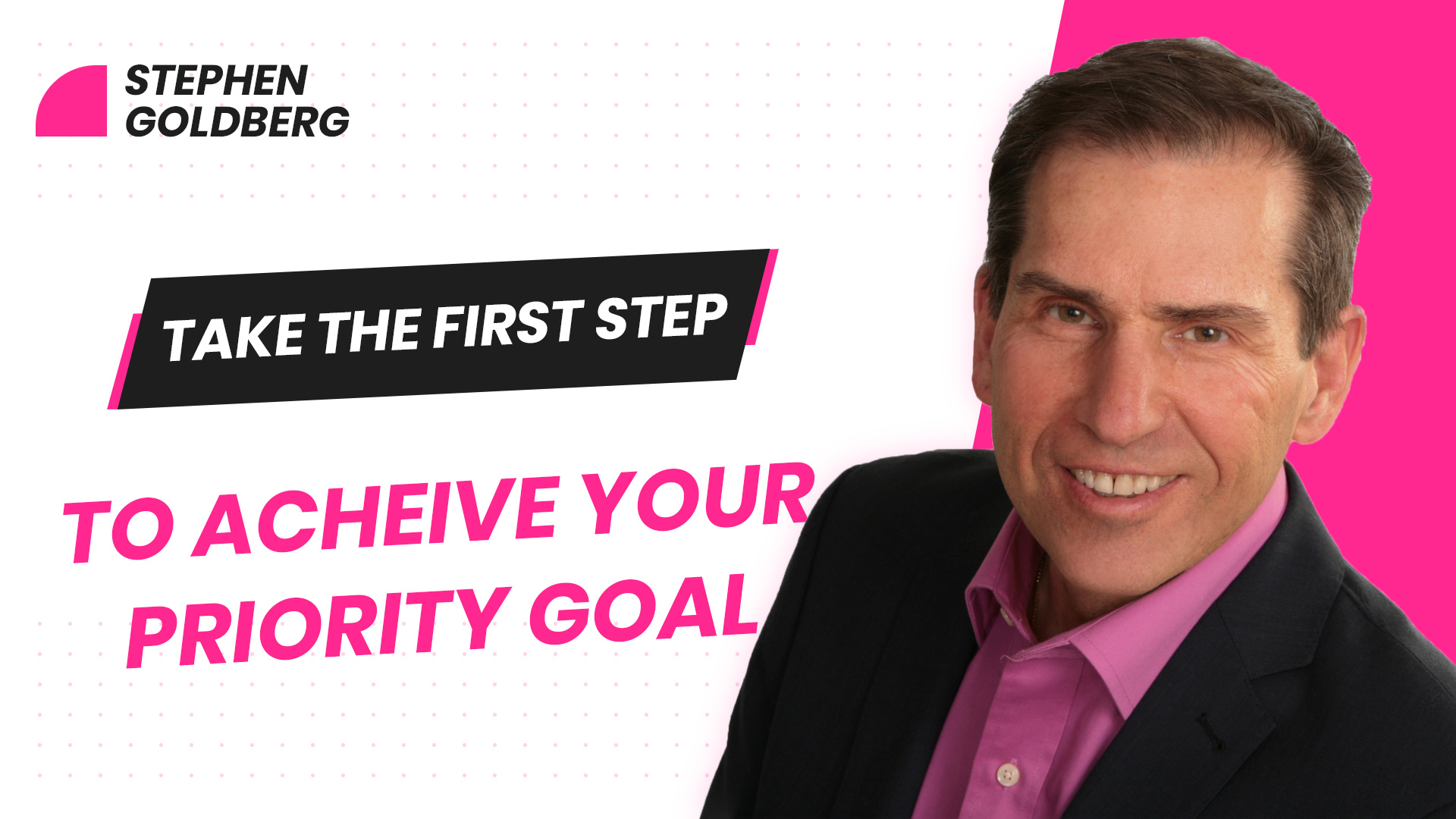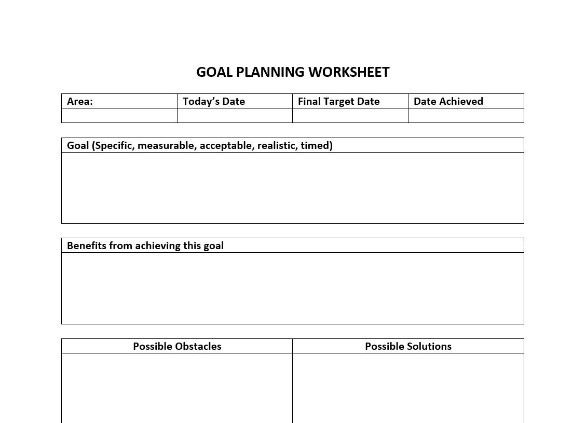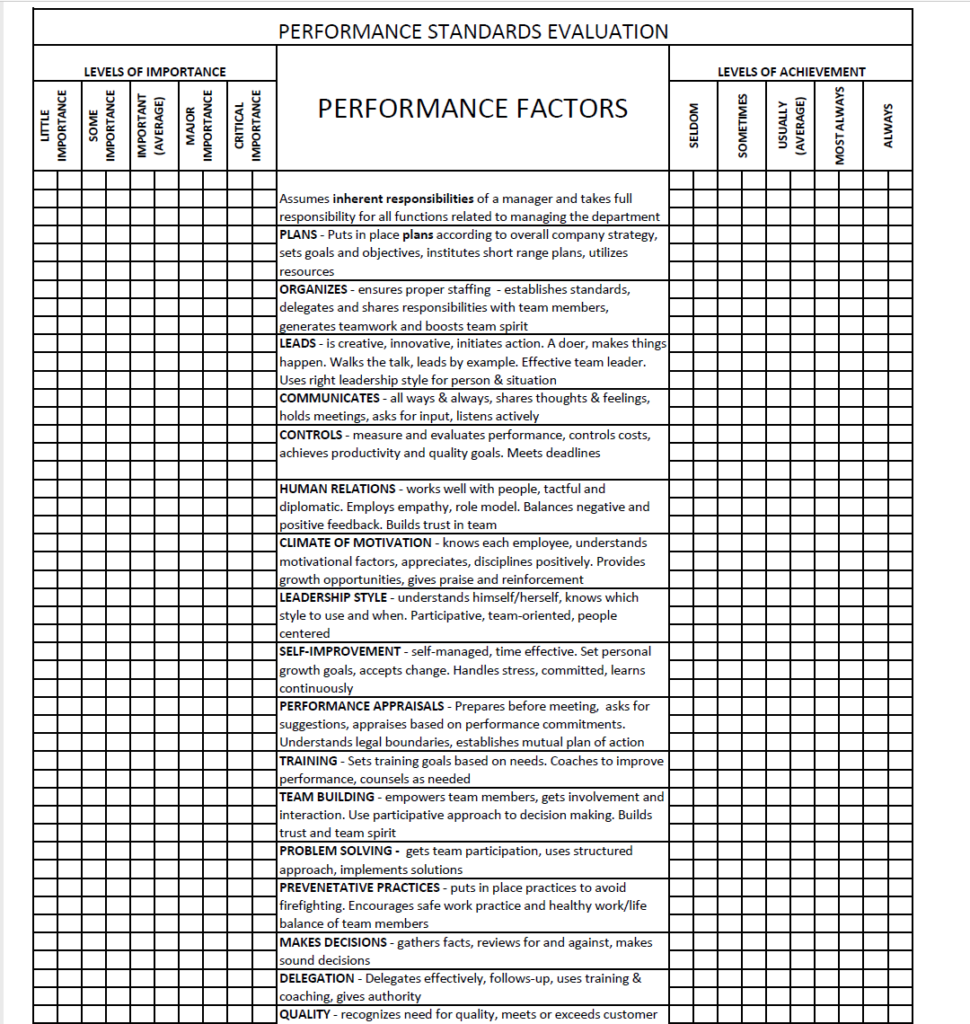Every year I recommend reviewing your previous year and setting plans for the New Year using my Year in Review Planning Worksheet. This makes it easier to go through the process and put your intentions in writing.
I am using the word intention this year as I feel that if you have one key intention and you keep focus on that, then life will help you move towards that in ways you did not dream of. I find this to be true for me and I became more aware of this notion after reading the book The Surrender Experiment by Michael Singer.
In his book Michael tells his story of how life kept asking him to do things that seemed contrary to his intentions but ultimately led him on a path of self-discovery and success.
I realized that in the past I have forced myself to do things to achieve my goals that did not always feel right. Sometimes these were ideas or practices that other people recommended and worked for them but did not work for me. However, when I trusted in life and let myself be guided by my intuition, emotions and thoughts in a balanced way, things worked out better with less stress.
When I speak about surrendering to life as Michael does in his book, it is about letting go of our narrow thinking based on our personality type and our past conditioning and being open to new paths.
I was reading an article about health in this month’s Costco Connection magazine and the author was suggesting a few things that I am already doing or have done. For brain health he suggested exploring your world and discover your environment, so you see things from new perspectives. He also suggested joining or starting a club such as hiking, getting to know your neighbours and getting a dog to stay more actives.
A long time ago I had set intentions to be healthier and both consciously and unconsciously I had done all the above suggestions. Just following my intuition and what life put in front of me has paid off. In fact, joining a local cycling club had me meet my current partner who shares many of my interests and we have been happily together for about 12 years now.
It seems for some especially logical types that trusting life is casting faith to the wind. Yet unconsciously we have trusted life since birth. Breathing is an act we all due every moment to be alive yet is not something we think about logically. We just trust that each breath will come and along with-it life. Yet though there is a logical explanation to how all this works in terms of our physiology, there is definitely something very powerful and almost mysterious going on.
In summary, you can download and complete my Year in Review Planning worksheet that helps you to review your previous year and plan for the new one, or simply set a life enhancing intention and trust that life will bring you what you need to fulfill it. Practice being open to new opportunities that life will present.
Happy New Year!






